Virtual Reality
PICO 4 Enterprise VR Headset Review
Published
4 months agoon
By
VRLOL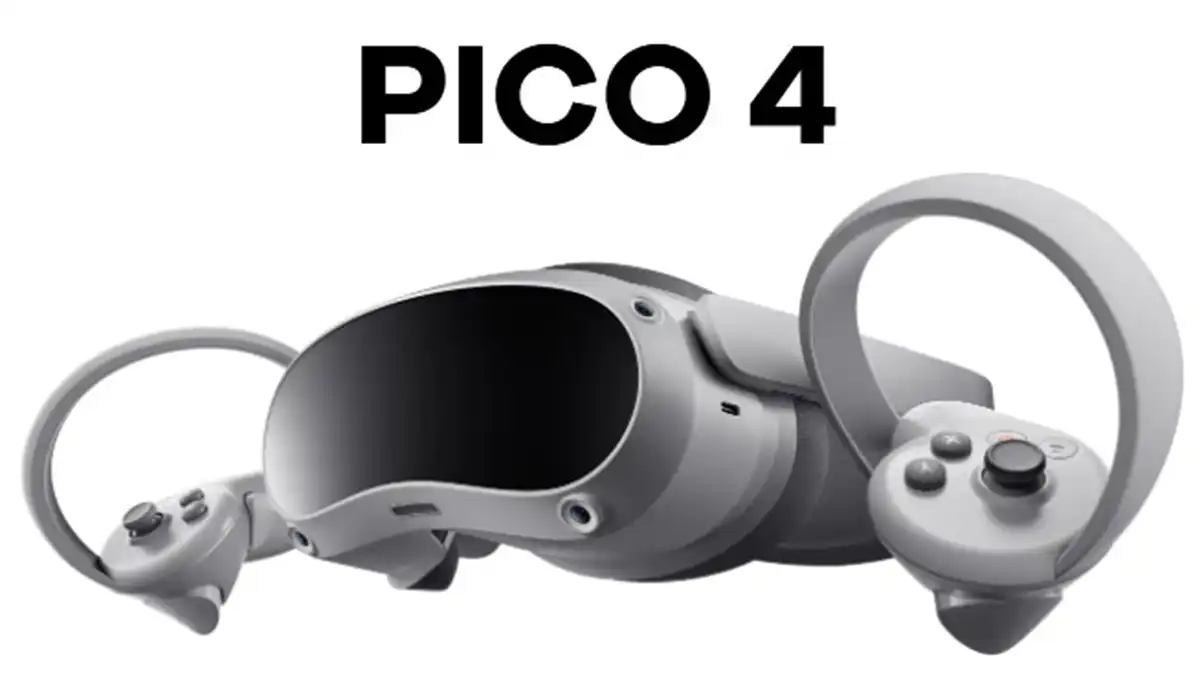
Pico 4
PICO 4 combines an easy-to-use interface with advanced features that enhance your immersive experience in the metaverse. Proprietary SLAM capabilities and HyperSense motors combine with a simplistic design to create controls that complement gaming rather than get in the way of it.
Whether you’re a sports fan or a fan of TV, PICO 4 makes it easier to bond with friends over a virtual watch party. Its large sweet spot reduces blurring for a clear view of the action.
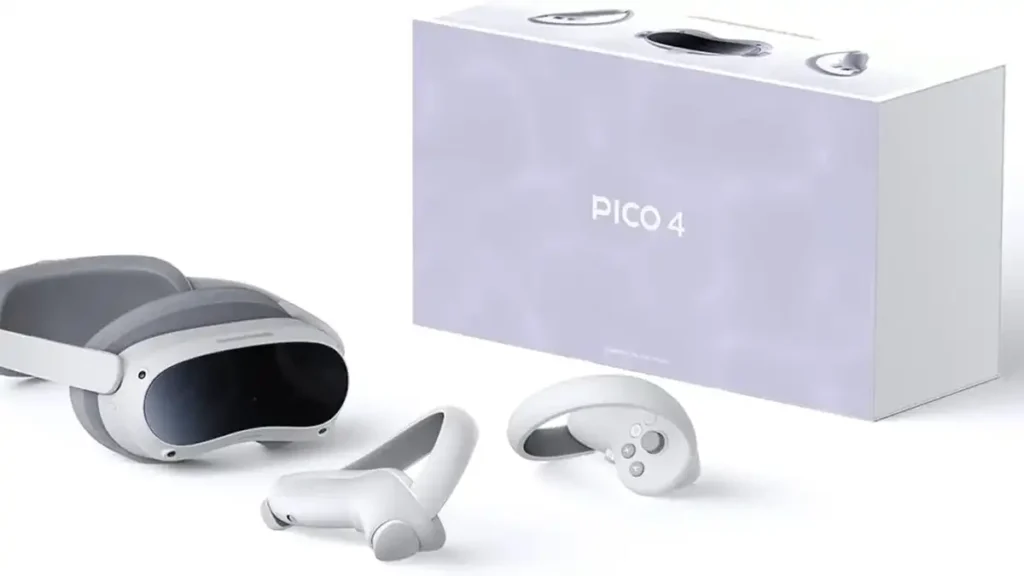
High-Resolution Display
With a 4k display, pico 4 offers unrivaled visual clarity and pixel density. This allows for greater immersion when gaming and provides the kind of sharp, crisp images that can make the virtual world look truly real. The headset can also be used with a wide variety of apps, including educational simulation training programs and medical and healthcare training tools. These offer a valuable benefit to businesses and organizations looking for an engaging way to train their employees and students.
Users can enjoy a wide range of apps, games and experiences that take advantage of the headset’s high-resolution display. The Pico Store and SteamVR provide access to a huge library of options, with new titles being released regularly. This means that as soon as gamers finish one title, they can immediately turn to something else. In addition, the headset supports mixed reality capture to show video footage from the real world in the virtual headset.
The headset features a 105-degree field of view, allowing the user to feel as though they are standing in the middle of the action. This makes it easy to enjoy concerts and other live events from the comfort of their own homes. They can also use the headset to watch movies and TV shows without the need to travel to a theater or other venue.
In terms of gameplay, the Pico 4 has a high refresh rate and a wide field of view to ensure that the image remains crystal clear at all times. This helps to keep the user engaged and enthralled, ensuring that they will want to continue playing. The device also has a dual broadband haptic motion controller with a built-in gyroscope and accelerometer for advanced hand tracking.
The headset has a simple user interface that makes it easy to use. This is similar to the Meta-inspired interface found on the Quest 2, so it won’t be hard for anyone familiar with that headset to find their way around. The headset is comfortable to wear as well. Its balanced design distributes the weight of the device evenly across the user’s head to minimize shifting while gaming. It also has front and rear cushioning to prevent it from slipping during wear.
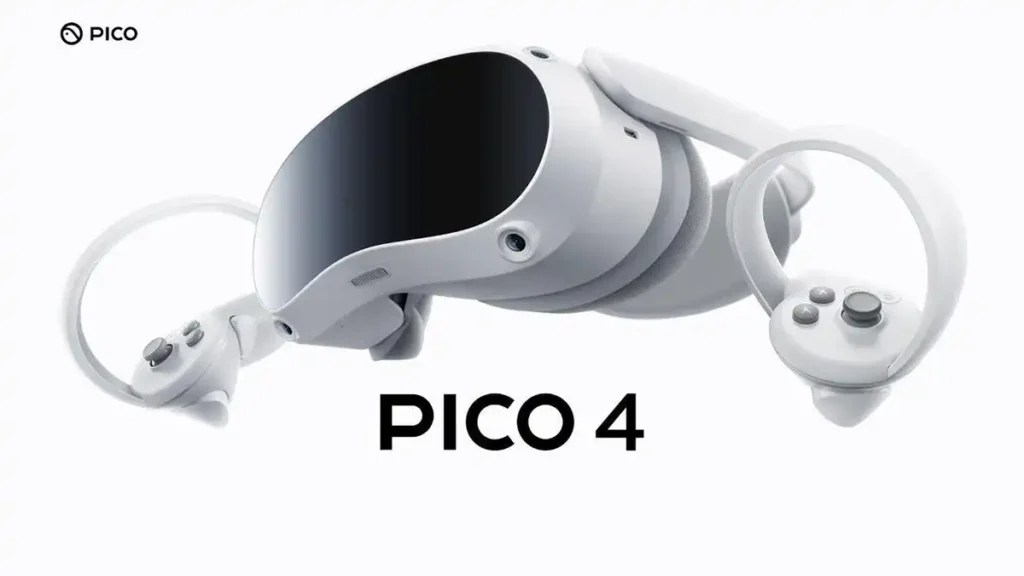
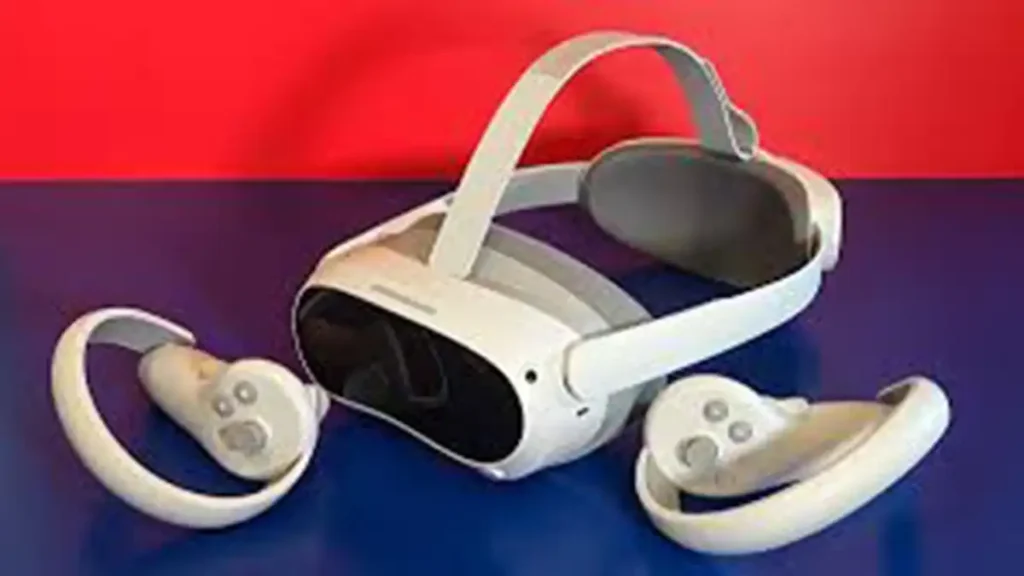
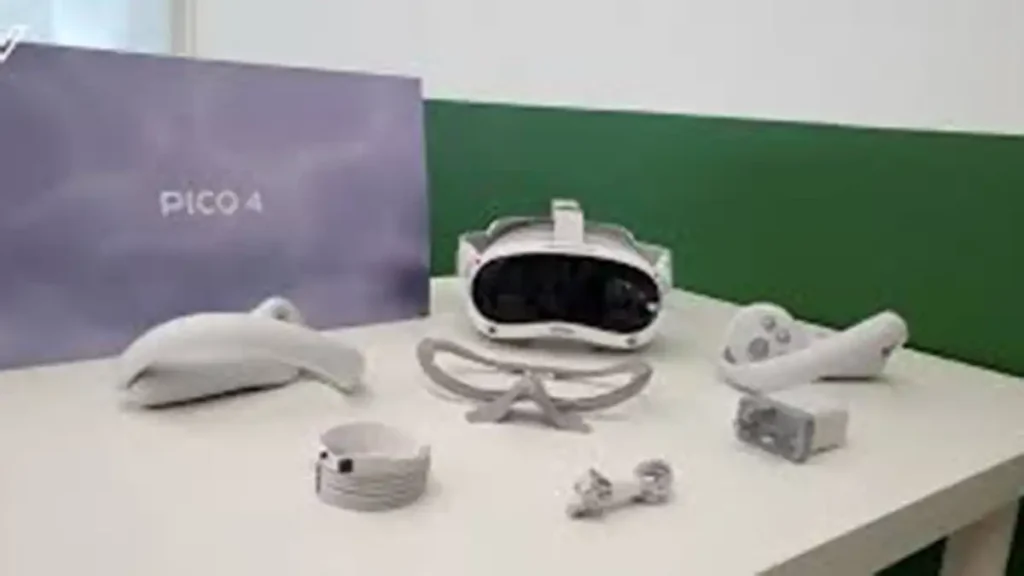
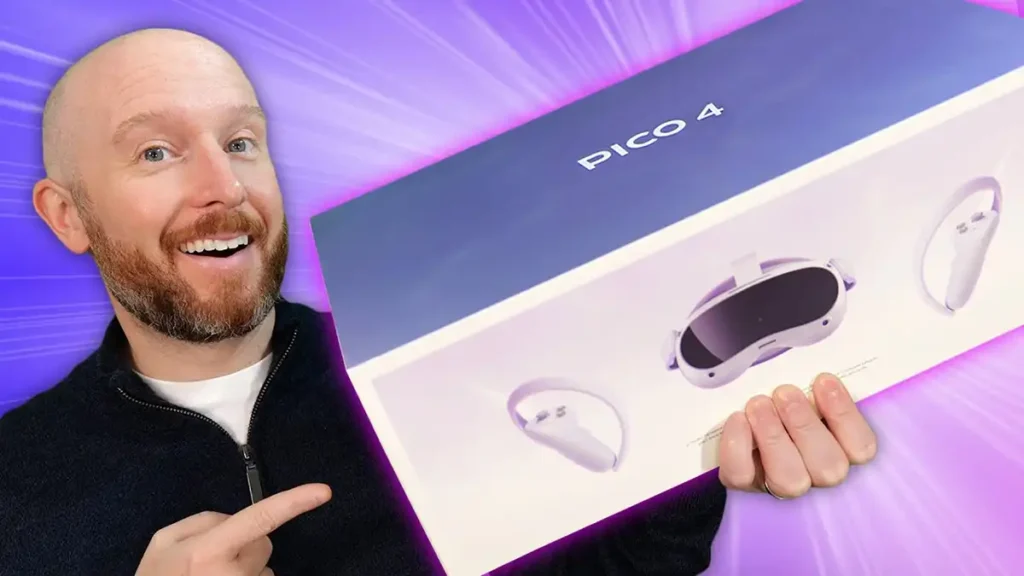
90Hz Refresh Rate
The PICO 4 Enterprise headset is powered by the Qualcomm Snapdragon XR2 and features state-of-the-art hardware for a better VR experience. With a 90Hz refresh rate, 105deg ultra-wide field of view, and 1200 Pixels Per Inch (PPI), the headset’s display offers a more immersive, clearer image for an unforgettable virtual reality experience. It also offers 6DoF motion tracking for a more realistic experience.
A high refresh rate is important for a VR headset because it reduces latency, screen tearing, and lag that can cause users to feel motion sickness. A higher refresh rate also enables apps to run more smoothly.
In addition to a fast refresh rate, the PICO 4 also has an improved optical system with two lenses, making it more comfortable for long gaming sessions. It also has a brighter display that provides more vivid colors and a higher contrast ratio. The headset also has a built-in earbud for better audio quality.
The Pico 4 has a lot of potential to be a formidable competitor to the Meta Quest 2 in the world of standalone VR/XR headsets. Its price is very competitive, and it has a good library of games to choose from. However, it does have some issues that keep it from being a great choice for most people.
For one, it has a much smaller app ecosystem than the Meta Quest 2. This includes many of the same games as the Meta Quest 2, but there are some notable absentees. These include Beat Saber, Population One, and several other popular titles.
Fortunately, the PICO 4 is expanding its app ecosystem and collaborating with developers to bring more exciting games to the platform. The headset also has a number of unique features that make it stand out from other options in its class, including sideloading, a separate app store, and a dedicated enterprise suite. In addition, it offers a face and eye tracking system that improves the user’s experience and prevents drift. It also has a more ergonomic design that is less bulky than other models in the industry.
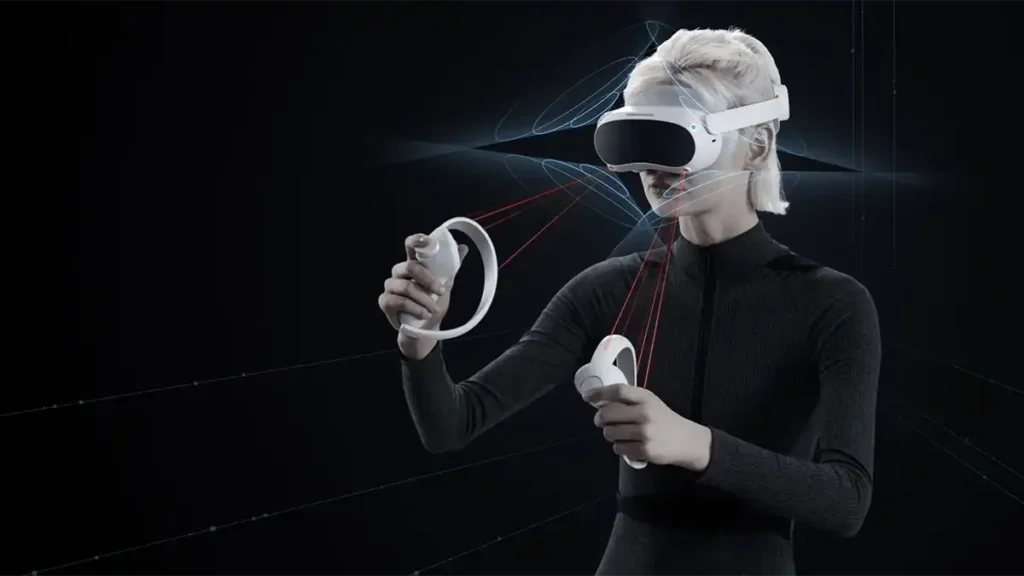
Ergonomic Design
The Pico 4 headset is designed for comfort, making it ideal for long gaming sessions. It features a breathable face cushion and a detachable head strap, both of which are made from soft fabric that’s gentle on your skin. This cushion optimizes airflow and keeps the headset snugly against your face, which reduces strain on your neck and head. The headset also has a sleek, lightweight design that makes it comfortable to wear for hours on end.
Its state-of-the-art hardware includes the Qualcomm Snapdragon XR2 processor and 4K-level display with a 105-degree ultra-wide field of view. Its inside-out tracking system allows users to move around their virtual environment with ease. It also has eye and face tracking, which lets people interact with their XR experience.
Additionally, the Pico 4 features high-quality speakers that provide immersive audio for your entertainment experience. Its audio quality is a significant improvement over that of other VR headsets, which typically have low-quality speakers and poor bass. Moreover, it has Bluetooth 5.2 support, so you can use your favorite headphones with it.
The Pico 4’s ergonomic design is one of its biggest selling points, as it offers better comfort than the Quest 2. Its weight distribution and pancake lenses help it to feel less front-heavy, and it comes with a headband that doubles as a battery pack. Additionally, its hygienic and detachable PU face cushion is more comfortable than the foam that’s included with the Quest 2 headset.
Another feature that sets the Pico 4 apart from other VR headsets is its Pistol Grip controllers, which give you a more realistic gripping experience while playing FPS games. These grips make it easier to shoot and aim, improving your performance in these types of games. The Pico 4 also has a built-in wireless mic, which helps you communicate with your teammates during virtual gameplay.
The Pico 4 has a lot to offer gamers and business users who want to take advantage of the powerful, affordable hardware that this device has to offer. However, it is important to note that this device is owned by TikTok’s parent company, Bytedance, which has a reputation for its invasive data collection and monetization practices. Because of this, it is important to carefully consider the ramifications of using this device before purchasing it.
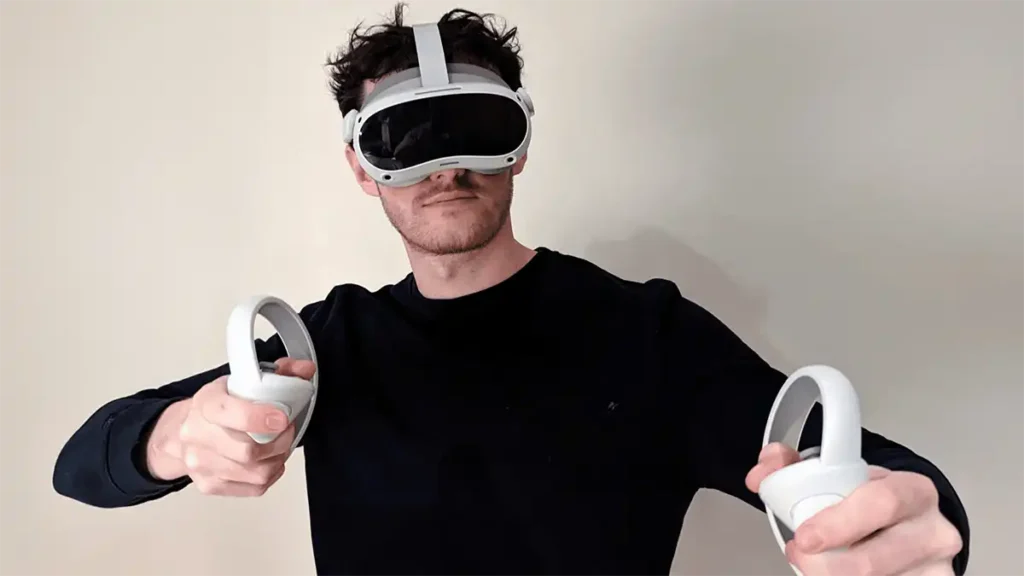
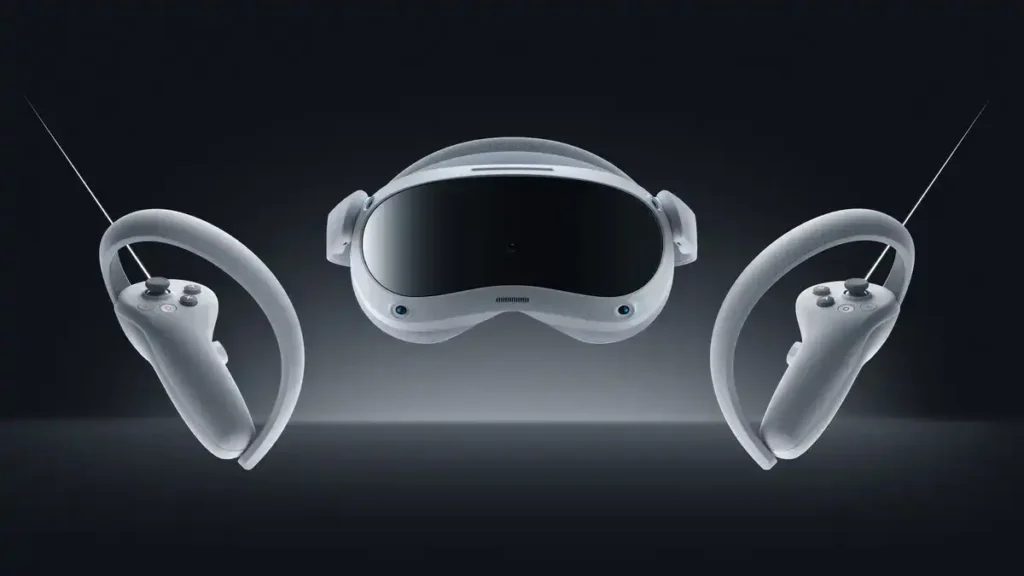
Long Battery Life
The battery is positioned at the back of the headset, which alleviates pressure on the face and forehead. It takes about 3 hours to charge a battery from 0-100% on the charger station, which provides an additional 2-3 hours of playtime. This means that with a couple of extra batteries, you can play standalone VR indefinitely. Another nice touch is that the battery is hot-swappable, so you can swap them out without having to disconnect and reattach the headset.
The pancake optics deliver a wide field of view and minimal distortion at the edges. The motorized IPD adjustment (between 62 and 72mm) is a nice addition. The front padding is magnetic, making it easy to swap out. It’s also comfortable to wear and doesn’t get warm or sweaty after long sessions of gaming.
Although it doesn’t try to compete with the pricier Meta Quest 2, Pico 4 does offer some of the same features, like a high-quality display, long battery life, and a surprisingly robust selection of content. It’s also compatible with the same PC VR software as the Meta Quest 2 and offers similar motion tracking.
However, the biggest drawback is that it doesn’t have support for passthrough AR and doesn’t currently have the ability to layer virtual objects over real-world environments. This will probably change in the future, but for now it’s a major disappointment that’s worth keeping in mind if you plan on buying one.
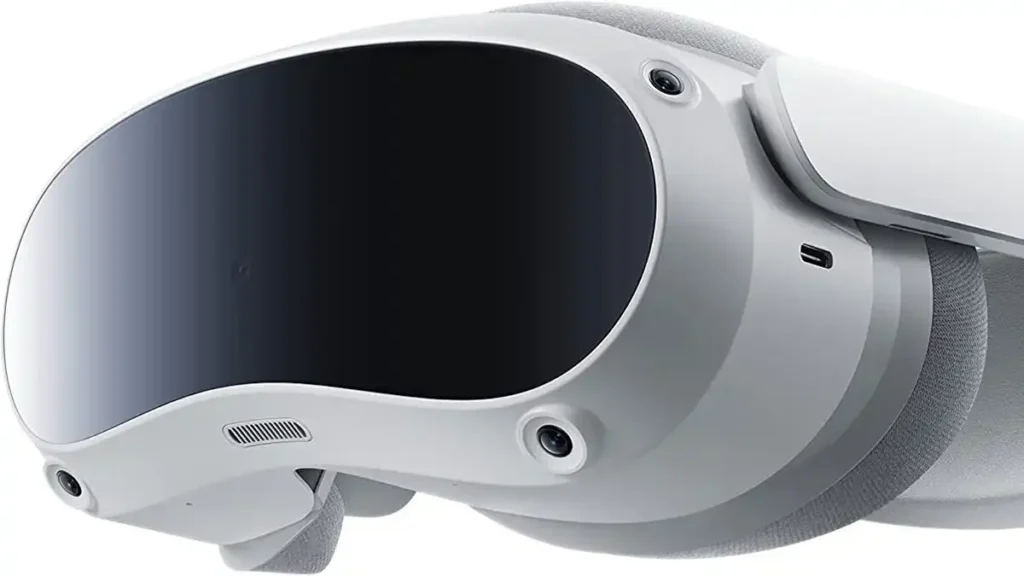
Despite this, Pico 4 is still an excellent option for those looking for a low-cost and compact standalone VR headset. The ergonomics are top-notch, the UI is intuitive and user-friendly, and the motion tracking feels accurate and responsive. Whether you’re playing All-in-One Sports or beating the hell out of your friends in Beat Sabre, the headset delivers a great VR experience. If you’re planning on using the headset with your PC, the bundled Wi-Fi option works well and you can always use a longer USB3 cable if you need to go down the tethered route. However, the tethering option requires an external power source, which could be an issue for some users.
You may like
Virtual Reality
What Are Virtual Reality Glasses?
Published
4 months agoon
August 20, 2024By
VRLOL
VR box virtual reality glasses
The VR box virtual reality glasses holds your smartphone in a adjustable tray that fits phones from 3.5 to 6 inches. It has a padded cushion that presses against your face and Velcro adjustable straps to keep it secure on your head.
These lightweight smart glasses project a virtual private 130-inch theater screen and run a full AR operating system. They’re our best value pick at less than $500.
What is a VR Box?
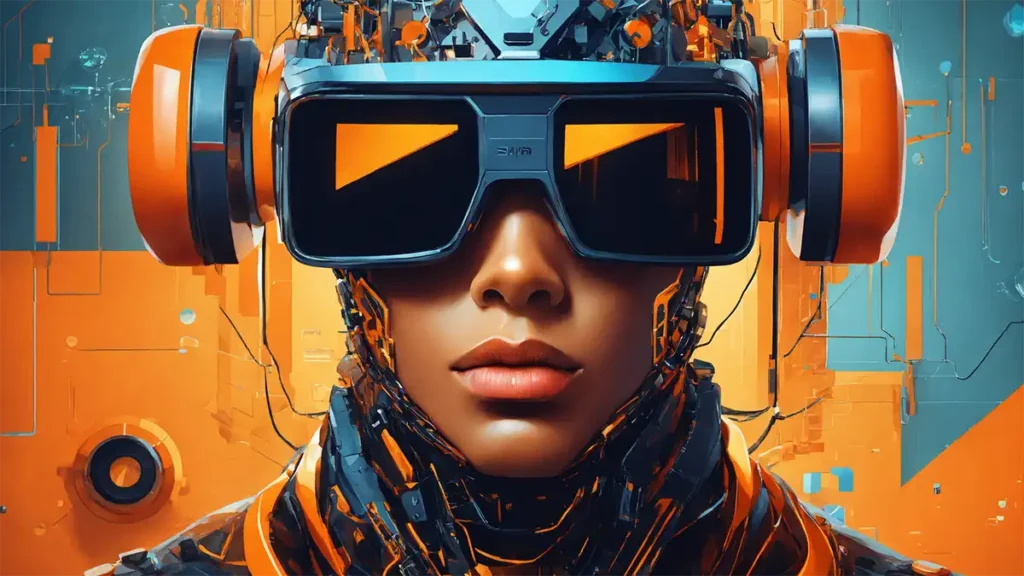
VR Box is a device that provides an immersive virtual reality experience to the user. It consists of a headset that contains lenses, a mobile phone and sensors that track the movement of the user’s head to deliver visuals. The headset can either be tethered to a computer or it may be untethered and wireless. There are many different kinds of hardware that can be used to create a virtual reality environment, but it is important for the equipment to have high quality and performance in order to provide an immersive experience.
The VR box virtual reality glasses has adjustable lenses that account for all types of eye shapes to reduce the common dizziness experienced with other VR headsets. Its comfortable padding and ergonomic design makes it ideal for prolonged use. It also has a front panel that can be removed to allow the smartphone camera to be used while the headset is on. This feature is particularly useful for adding fun filters in photo apps or playing augmented reality games.
A VR box is a good choice for beginners who want to try out virtual reality without spending a fortune on a dedicated headset like the Oculus Rift or HTC Vive. The device is lightweight and easy to use. Its simple mechanism for holding a mobile phone means that it can be set up in seconds. Once the user has downloaded a VR application and placed their smartphone in the holder, they can start to experience the magic of virtual reality.
When using a VR box, it is important to be in an open area where the user can move freely. This is because the headset can cause nausea if the user moves around while wearing it. It is also best to remove the headset if the user experiences any discomfort.
The technology of VR box virtual reality glasses has been around for over 30 years. It has applications in a number of industries, including education. The immersive nature of VR can make it an effective tool for teaching subjects that might otherwise be boring or difficult to understand. It can also help students to develop empathy for the world around them.




What is a VR Glasses?
A virtual reality (VR) headset is a device worn over the eyes to give computer generated simulations. It works by using a phone and gyroscopic sensors to track the motion of your head. This allows the VR experience to change to match your movement. VR is used in a wide variety of applications, including virtual gaming, movies and education.
There are many types of VR box virtual reality glasses, each with different features and prices. Some are designed for professional use, while others are more affordable for personal use. Some feature built-in gyroscopes for motion tracking, while others require external sensor hardware to work. The best VR headsets have a field of view (FOV) of 100 degrees or more. This provides a wide, immersive experience without causing discomfort from overlapping images.
The lenses used in VR box virtual reality glasses can impact the VR experience. Fresnel lenses are common in VR headsets, but they can have a limited sweet spot and create images with blurry or “god ray” effects in high-contrast scenes. Newer VR headsets use pancake lenses that provide a wider FOV and are more comfortable for longer wear periods.
The ergonomic design of a VR headset is also important. It should be lightweight and fit comfortably on your head, with no strain or pinching points. It should have a convenient slot for your charging cable, and should be easy to set up. It should also have adjustable focusing and pupil distance for maximum comfort.

What is a VR Headset?
A virtual reality headset is a head-mounted device used to view VR content. It consists of a visual display or screen, lenses, stereo sound and sometimes integrated or connected controllers for interaction. It is typically tied to a computer or gaming console, but it may also function as a standalone device. It can either track the movements of the user’s head through sensors or use external cameras to map out the room environment. VR headsets are often categorized as low-end, mid-range and high-end headsets based on their capabilities.
The lowest-cost VR headsets are the cardboard models that use smartphones as their displays. These are not as immersive as the more expensive headsets but still provide a good experience for those who want to experiment with this emerging technology.
These headsets are designed to be lightweight and comfortable for long-term use. They are padded with soft materials around the forehead and nose to cushion the pressure on the face and are adjustable. They have a spring-loaded mount that holds the smartphone. They work with most Android and iOS smartphones, and some have a Bluetooth controller for interaction with apps.
There are a wide variety of VR apps available, from simple to complex. They can be movies, concerts, or first person games, to name just a few. The app selection is always expanding. There are many immersive experiences that have yet to be developed for the VR headset, though. Two examples are Lytro’s impossible-sounding camera that allows you to move around in live action video footage and a company called 8i that makes 3-D video avatars of human beings that automatically adjust to your viewing perspective.
Most of the higher-end headsets are tethered to a computer or gaming console through an HDMI or USB cable. They have more powerful processors and support higher-resolution graphics, which is why they are more expensive. They also feature a head-tracking system that can track the movement of the user’s eyes and head to enable natural interaction with VR content. Tethered headsets have a longer battery life and offer a more immersive experience than the standalone headsets.



What is a VR Experience?
Virtual reality can provide a wide variety of immersive experiences. These experiences can be purely visual, or they may include audio and tactile feedback to augment the sense of immersion. The immersive experience can be as simple as a video game, or it may include an interactive story that transports the user to another location in the world.
One of the important factors in making VR feel realistic is the quality of the graphics and sound. The headset must be able to display images with a high degree of sharpness and clarity. It must also be able to shift the view according to the direction of the user’s head. For example, if the user is on a beach staring at the water, the headset should move to show the sky and clouds above the water. The latency must also be low so that the brain can quickly accept that the visual image on the screen is related to the movement of the head.
Lastly, it is important to consider how the user will interact with the VR experience. Some headsets are used in combination with a controller, while others require the use of a separate computer to operate. Regardless of the type of VR box virtual reality glasses, it is essential to follow best practices for interacting with it. This includes keeping the headset clean, ensuring that it is securely fitted, and removing any potential hazards from the area where it will be used. It is also important to warn people about any potential health effects, such as nausea and dizziness.
Virtual reality has many applications, including education and training. It can be used to teach students how to perform a task, such as operating machinery or repairing an airplane. It can also be used to help patients recover from surgery or treatment for an illness. For example, a patient with epilepsy may be able to use VR to visit a virtual rainforest and hear birds chirping and monkeys howling in the distance to reduce anxiety and stress. The potential for using VR to treat mental health conditions is an exciting prospect.
Virtual Reality
Using Educational VR Games to Teach a Variety of Subjects
Published
4 months agoon
August 14, 2024By
VRLOL
Educational vr games
Educators can use VR games to help students understand complex concepts and situations that are not easily observed in real life. These immersive experiences can be used to teach a variety of subjects, from anatomy to foreign languages to history.
Many educational VR games experiences incorporate gamification elements, such as rewards and progress systems, to promote intrinsic motivation. This can help students learn more effectively and enjoy the experience.
Immersive Classrooms
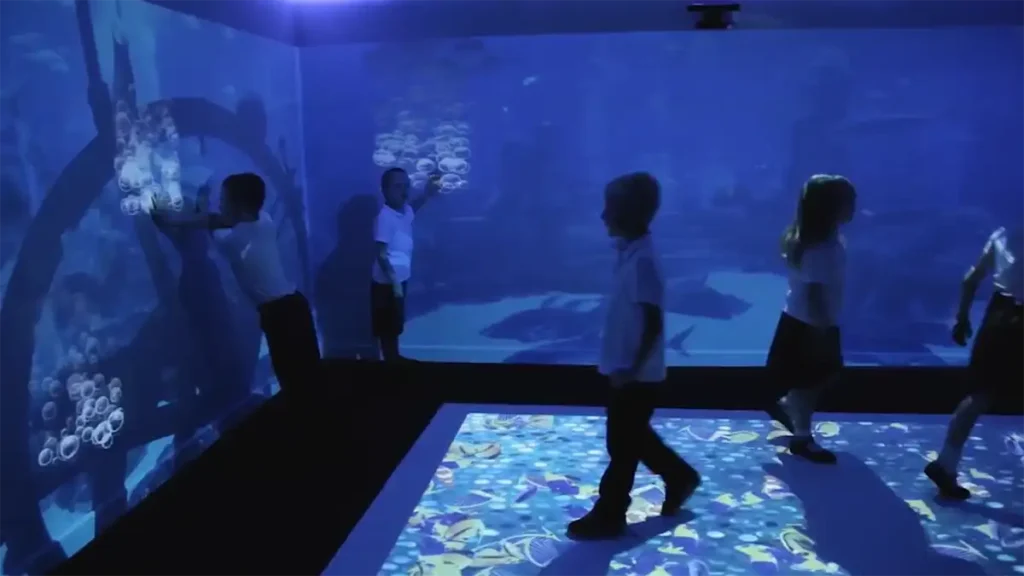
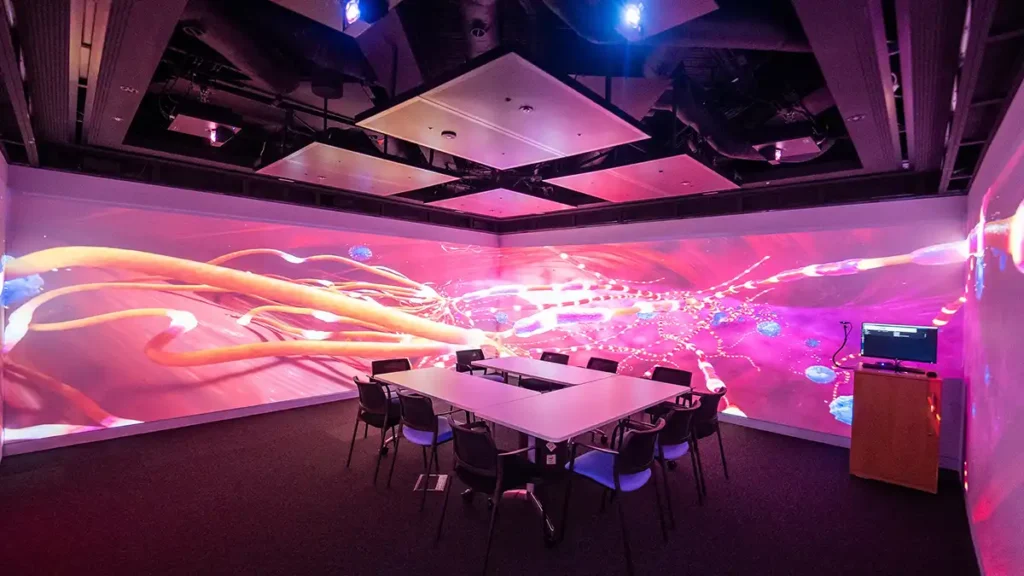
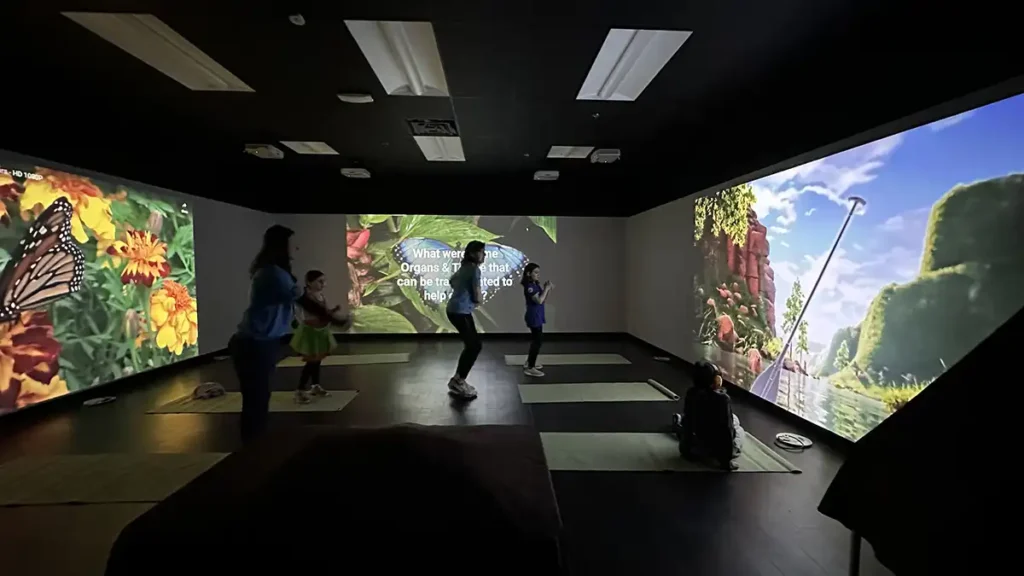
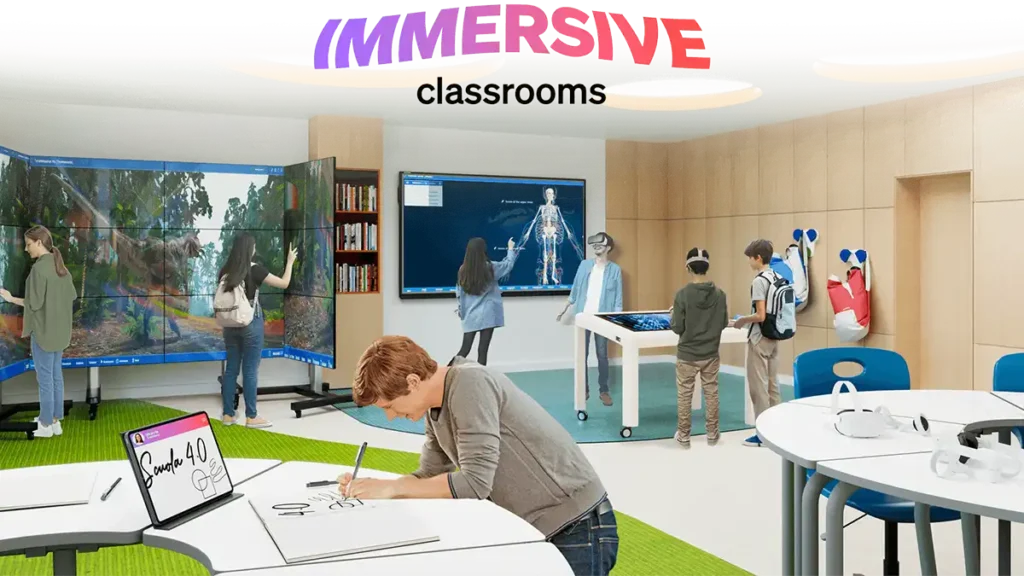
Immersive classrooms are learning environments where students use virtual reality to explore computer-simulated worlds. This enables them to develop problem-solving skills in a safe space without the limitations of real life. This technology also allows them to visit places that would be impossible or expensive to travel to in person. In addition, Educational vr games can help students to better understand complex topics and concepts by giving them a tactile experience with them.
As a result, immersive learning has the potential to transform the way we teach and learn. But it is important for educators to make sure that they are providing an effective learning environment. To do so, they should ensure that students are using the VR equipment properly and that they are supervised at all times. Teachers should also be ready to intervene when needed. They should provide clear instructions for entering and exiting the virtual world and should encourage students to take breaks during prolonged use of the VR gear.
One of the most popular uses for Educational vr games is to create virtual field trips. This lets students experience history, culture, and natural wonders from the comfort of their own home. For example, they can use a VR headset to visit the Great Barrier Reef or the Egyptian pyramids. VR is also useful for teaching complex scientific concepts. It can be used to simulate complex processes, such as those found in the human body, or to allow students to interact with artwork in a virtual setting.
A recent study has shown that immersive VR experiences can improve student outcomes. The researchers used a linear narrative in Educational vr games to teach students about the Kokoda campaign, which is a significant event in Australian history. The results of the study indicate that the VR experience improved learners’ engagement, presence, and empathy. They also reported better knowledge mastery than the high school students who were using a 360-degree video.
Although virtual reality can be a powerful educational tool, it can also be overwhelming for first-time users. This is why it’s important for schools to establish a structured plan to incorporate VR into their lesson plans. They should also develop guidelines for students to follow while using VR so that they don’t get distracted or overwhelmed.
Virtual Field Trips
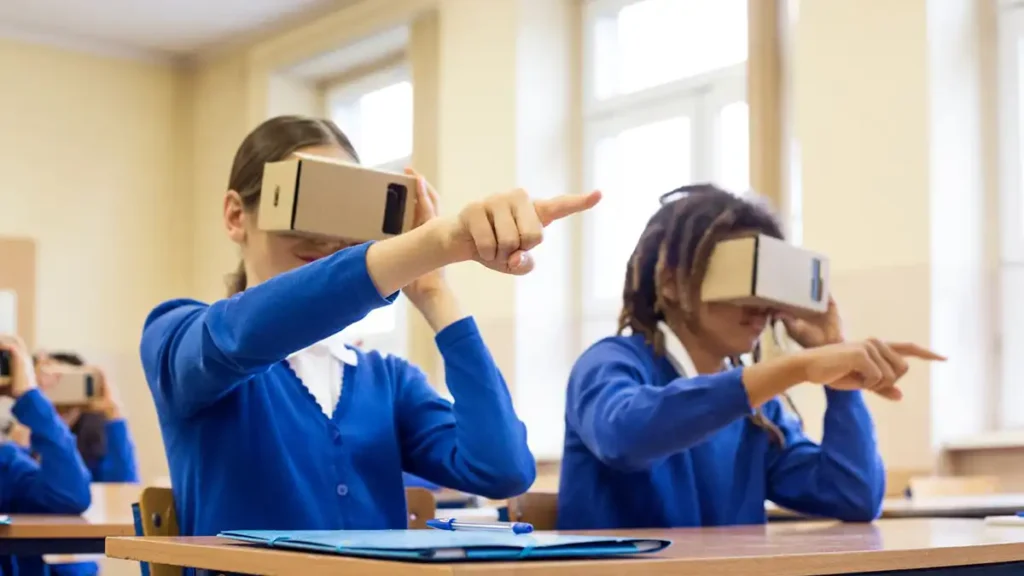

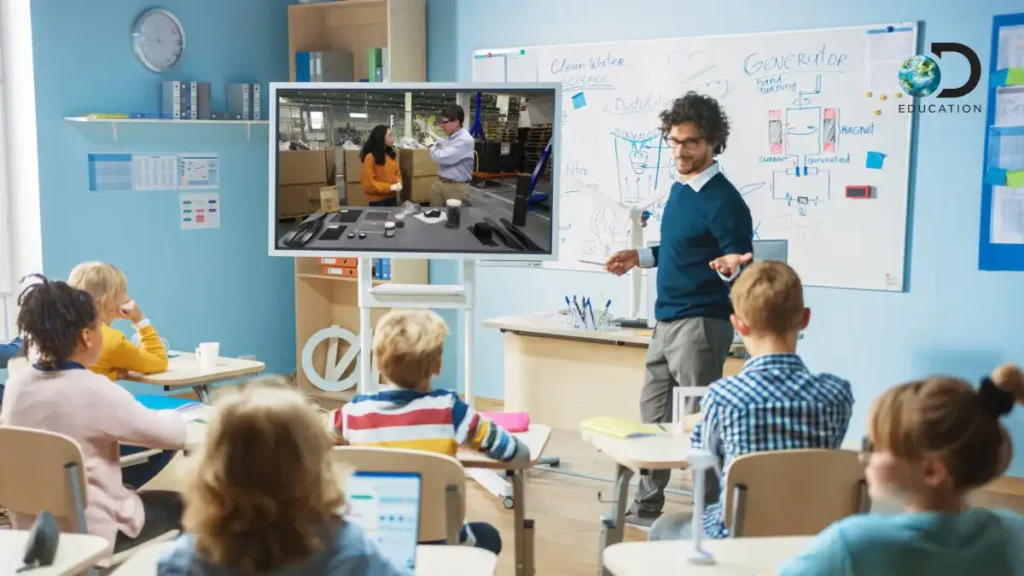
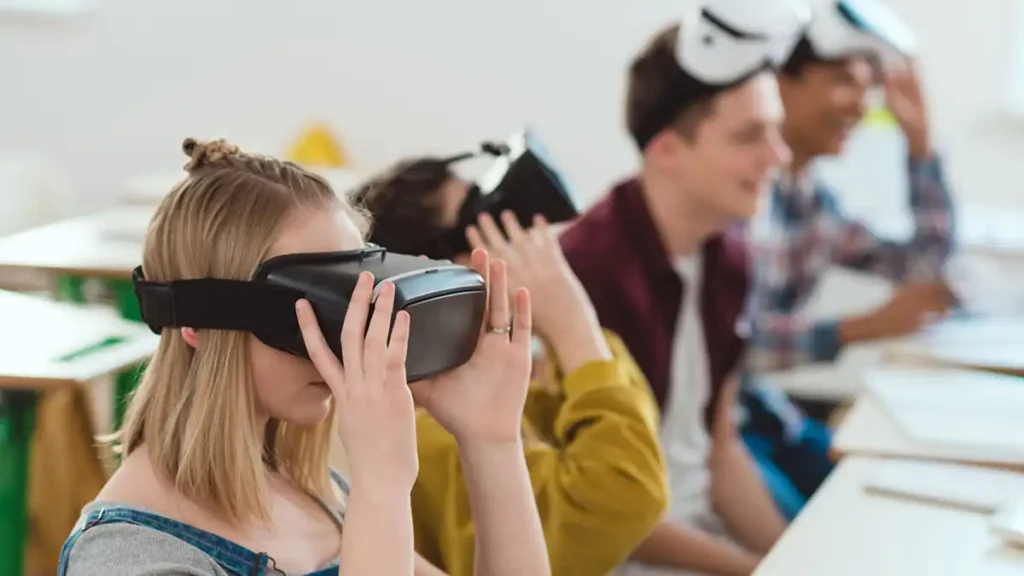
Virtual field trips are one of the most popular ways teachers use VR in their classrooms. They can take students to a variety of locations, including historical sites, science labs, museums, and other real-world destinations. They can also help students connect academic information with actual world events and challenges, which is a critical part of their learning.
Organizing an in-person field trip can be challenging for educators, especially since many of their students have disabilities or cannot afford to travel. However, VR field trips can provide a more inclusive experience that eliminates many of these barriers. Students can go on these trips at their own pace, and they can even revisit any parts that they need more time to understand. This greater sense of control can be particularly beneficial for asynchronous and remote learners.
Some virtual field trips are fully immersive, and others are not. Non-immersive virtual field trips are collections of photos, videos, and maps that can be presented in a number of different ways. While these kinds of resources can be valuable for a classroom, they lack the level of immersion and autonomy that makes VR so effective.
Immersive virtual field trips are immersive experiences that require a headset to view. These are typically more engaging and interactive than non-immersive virtual field trips, and they can be used for a wide variety of subjects. In addition to being fun and immersive, these types of virtual field trips can help students develop social skills. They can be used to learn about a range of topics, from recycling centers to modern landfills. They can also be used to study animal habitats, explore space, and more.
There are many different resources available for virtual field trips, and most of them can be accessed by students on any device with an internet connection. These resources can include video clips, 360-degree photos, and virtual reality applications. Some are free and open-source, while others may be available for a small fee. Educators should review age recommendations for VR headsets before allowing students to use these tools in class, and should consider parental permissions before letting children use this technology.
VR Headsets

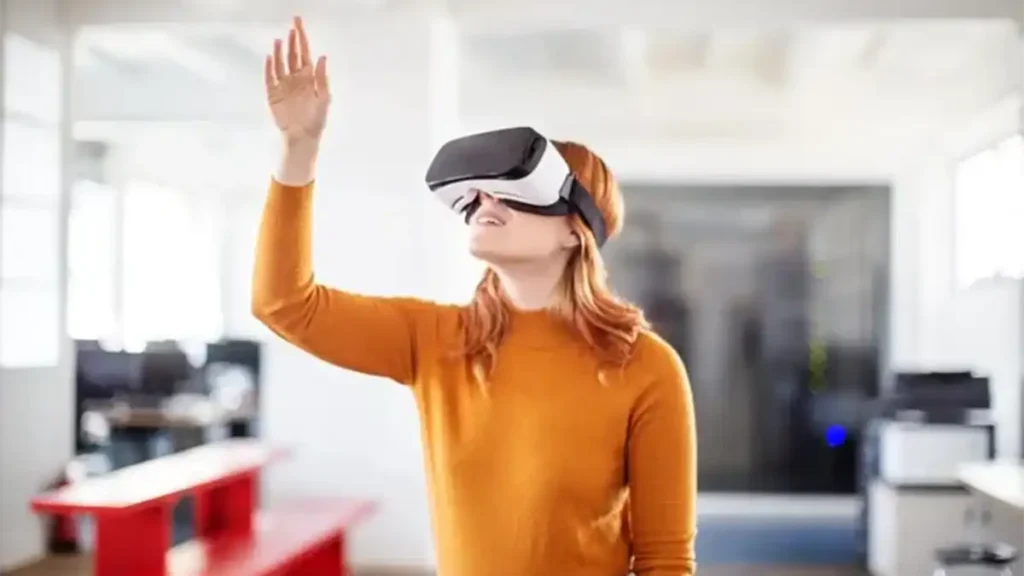
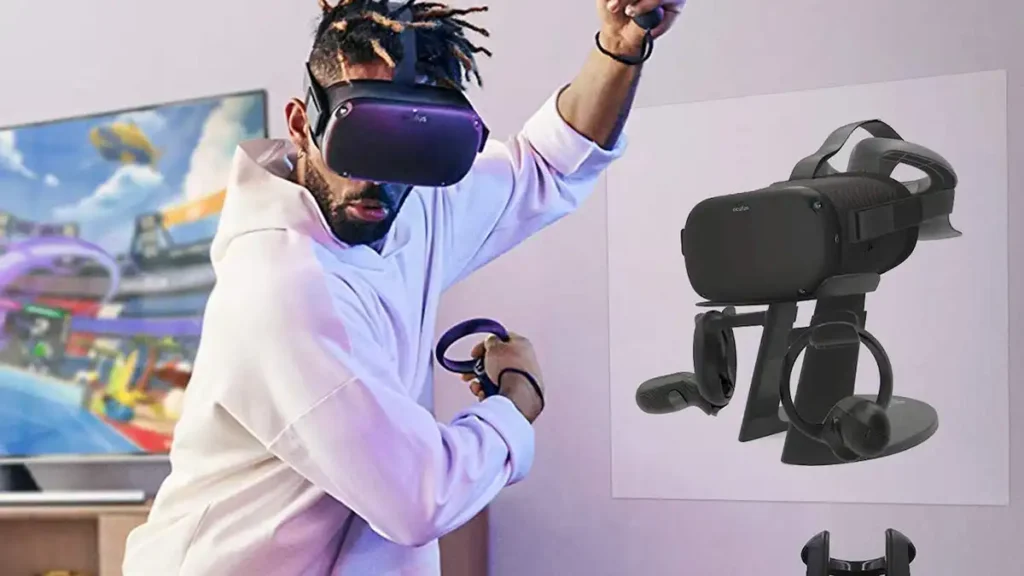
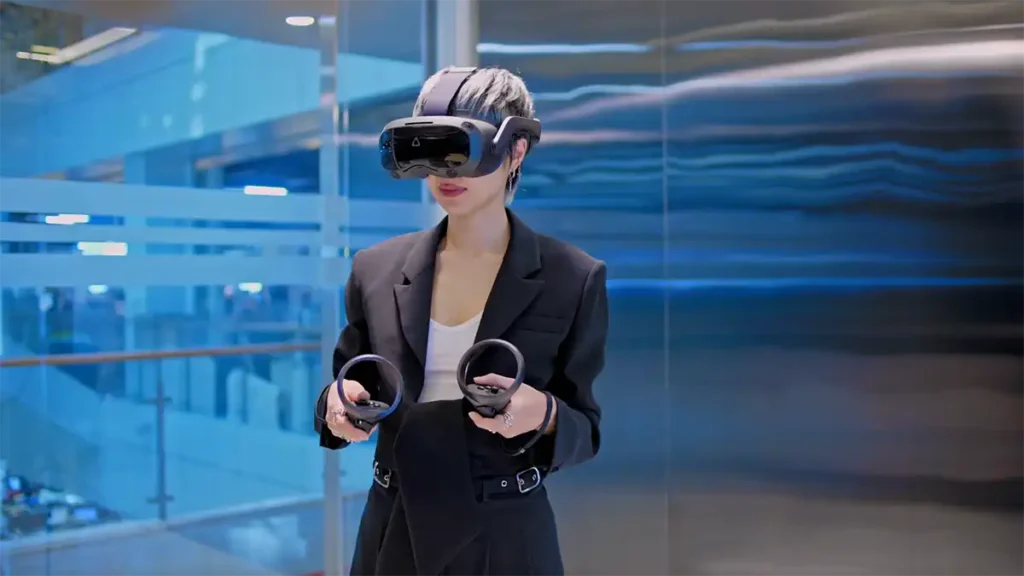
VR headsets are a popular way for teachers to take their students on virtual field trips. They are also often used in STEM subjects such as biology and chemistry to provide hands-on learning experiences that would be dangerous or difficult to recreate in the classroom, for example getting up close and personal with wild animals or mixing volatile chemicals without being physically harmed.
The immersive experience of VR can help to increase student engagement, especially for introverted pupils. It can also reduce social barriers between pupils who might not otherwise interact, for example by encouraging teamwork and collaboration between peers. However, it’s important to remember that VR is not suitable for all students and it can be disorientating for some users. It can also be unsettling for those with visual or hearing impairments. It’s therefore crucial that schools consider the accessibility of their VR-based activities and make sure they are designed to be accessible for all students.
Another way that VR is being incorporated into the education system is through virtual labs, which are immersive learning environments that mimic real-world settings without requiring physical resources. These can be used to teach a range of topics, from marine science and ecology to anatomy and physiology. They can also be used to simulate complex or expensive real-world tasks, such as surgical simulations or mechanical engineering projects, allowing students to practice skills in an environment that is safer and more cost-effective.
While many educational vr games are played on a smartphone or tablet, there are now some that use dedicated headsets. These headsets can be more comfortable to wear and can offer a greater sense of immersion. They are also available at a more affordable price than traditional smartphones. This makes them a more practical teaching tool for schools.
Many of these educational vr games allow children to chat and play with other players using avatars that can be created in any way they like. However, this can put young people at risk of grooming and online forms of abuse, as well as being exposed to inappropriate content. Additionally, many of these games and apps allow young people to create their own characters, which can lead to them exploring issues such as body image and identity.
VR Apps
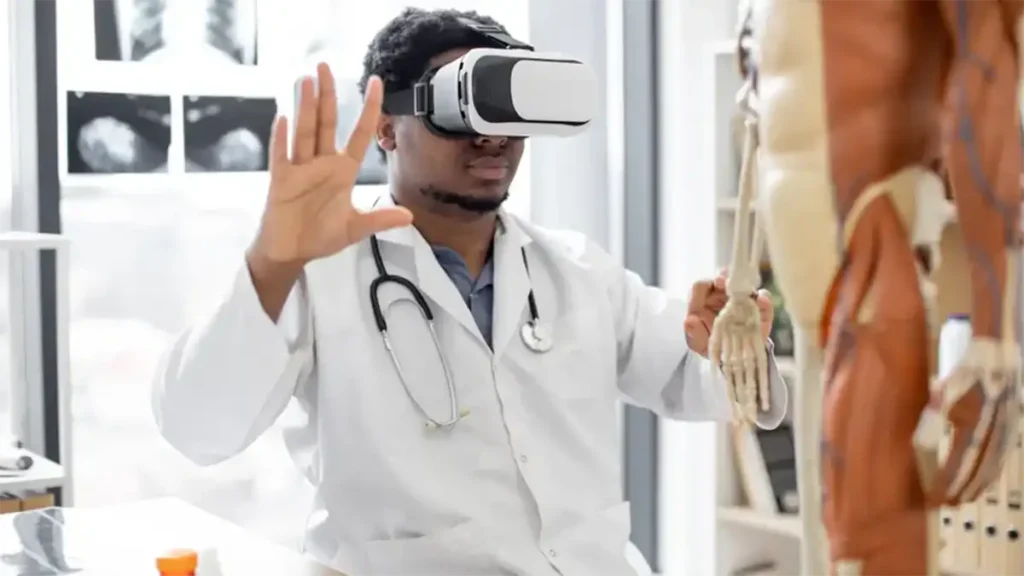
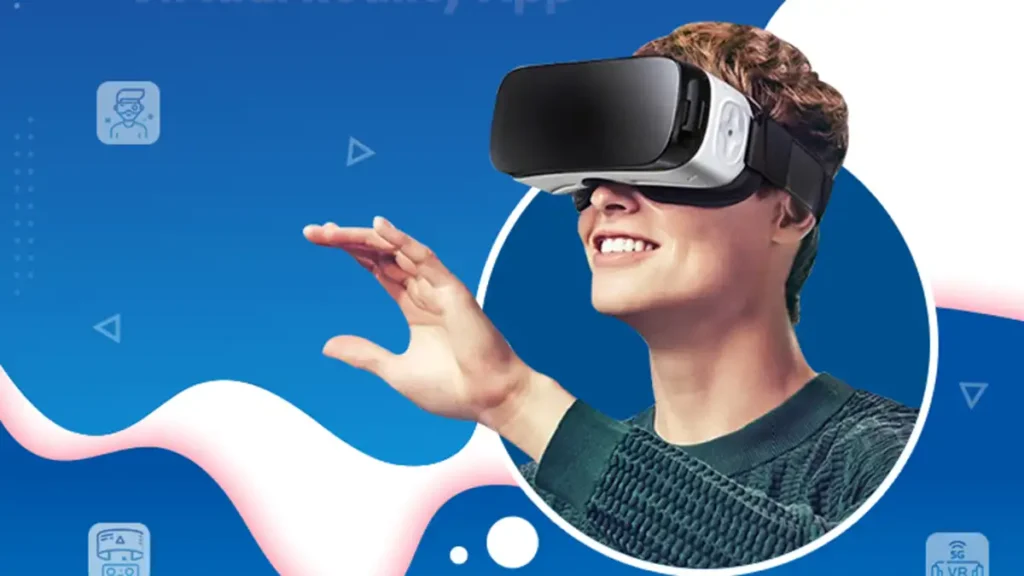
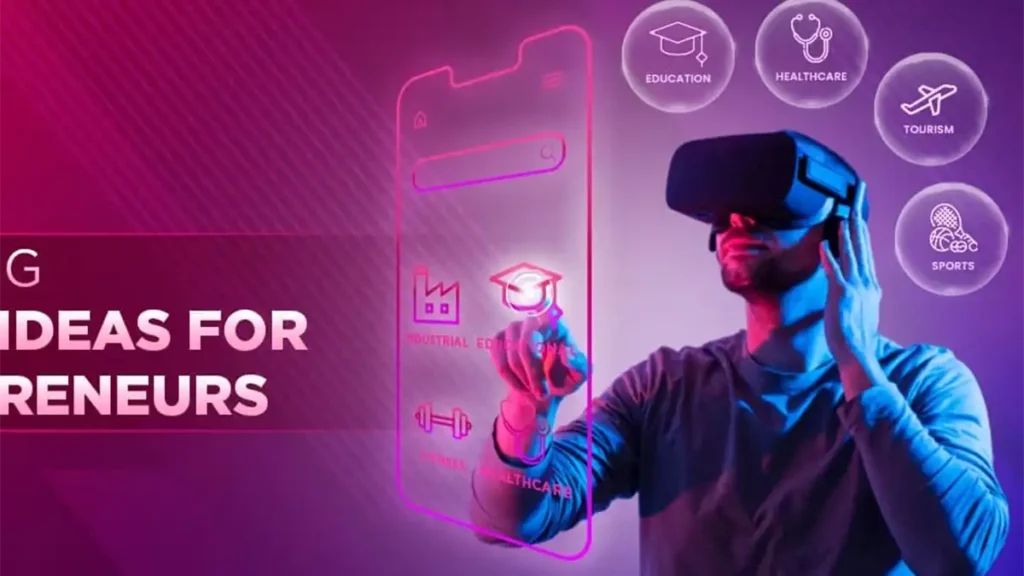
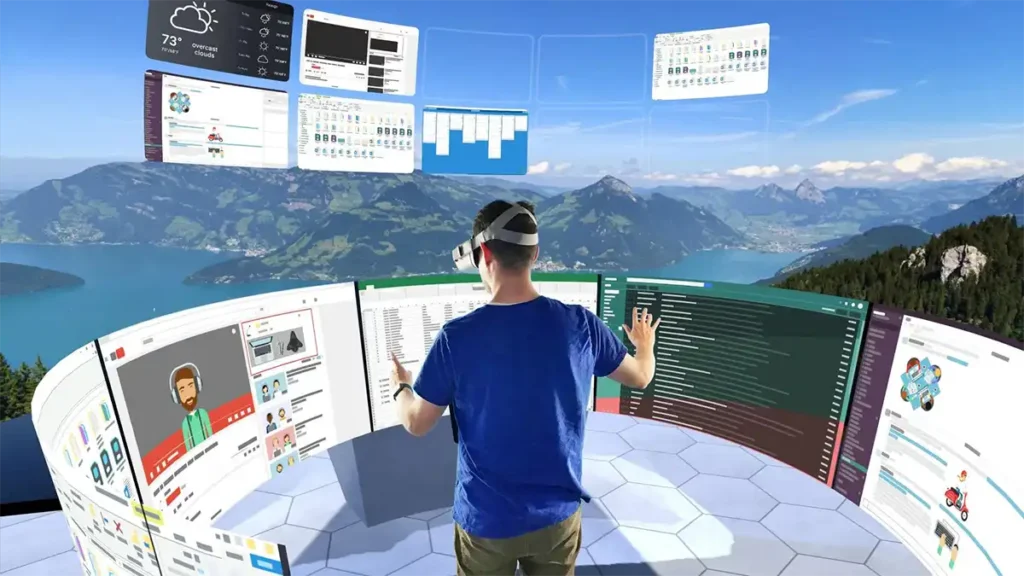
While traditional education may feel like a chore, VR educational games turn lessons into an adventure. These immersive experiences transform subjects such as science, math, history, and social studies into thrilling and interactive virtual environments that encourage learners to engage with the subject matter. They also incorporate educational objectives into a storyline, which helps students grasp complex concepts by connecting them with real-world scenarios. Many VR educational games also feature multiplayer modes, allowing students to collaborate and build teamwork skills.
In addition to its ability to foster engagement, VR can help students learn more about different careers and develop a stronger understanding of the world around them. Using apps such as NYT VR, students can experience the impact of natural disasters in distant places, visit refugee camps, and talk to Syrian children about their lives. While skeptics have questioned the authenticity of these virtual experiences, many teachers believe that VR has great potential to create empathy and understanding.
Another way to use VR for learning is through the immersive experiences offered by Facebook’s Oculus Quest hardware and its Oculus Store. These VR experiences offer a range of cinematic experiences, from visiting the International Space Station to exploring human anatomy. The Oculus Store also includes a number of educational games that teach skills and topics such as geometry, physics, music, and art.
Educators can also use VR in the classroom by creating their own virtual experiences. This allows them to customize the environment and create a unique learning experience that suits their students’ needs. For example, they can create a virtual trip to the Great Barrier Reef, which can be an excellent tool for teaching students about marine ecosystems and conservation. They can also use VR to teach students about historical events or famous monuments such as the Parthenon in Greece.
While the pedagogical applications of VR in education are exciting, it’s important to ensure that virtual experiences align with curriculum objectives. This is especially true for younger learners, who may need guided exploration to understand abstract concepts. Additionally, it’s important to balance screen time with other activities and physical play to prevent overuse of VR.
Virtual Reality
Train Like a Pro With Virtual Reality Baseball Training
Published
4 months agoon
August 13, 2024By
VRLOL
Virtual reality baseball training
Are you ready to take your batting skills to the next level? If the answer is yes, then you’ll be pleased to hear that virtual reality could be the key to transforming you into a major leaguer. That’s right, virtual reality (VR) is now the cutting-edge technology for baseball players who want to up their game. With VR baseball training, you’ll be able to simulate game-like situations and hone your skills just like a professional. And you don’t even need a ball or a bat! Let’s take a look at how virtual reality baseball training is helping players become more like pros.
Quick Insight
Virtual reality baseball training provides an engaging and immersive way to practice and increase skills such as hand-eye coordination, reaction time, reflexes, speed, accuracy, and muscle memory. It also allows for quicker improvement over a short period of time with more realistic game simulations and scenarios.
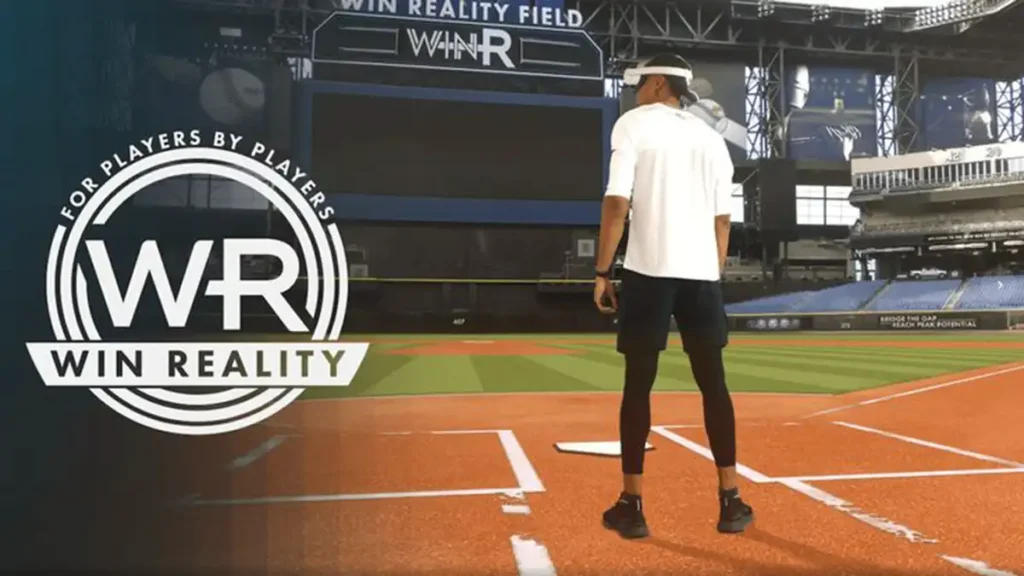
Introduction to Virtual Reality Baseball Training
With the advent of virtual reality technology, there has been much hype surrounding how the technology could revolutionize different aspects of life and professional sports. While many of these activities are still in their early stages, baseball teams have not been deterred. Virtual reality baseball training has become increasingly popular amongst college and pro-level teams. The idea of utilizing this technology to simulate on-field scenarios can provide an array of valuable insights and advantages within the training routine.
The debate centers around whether virtual reality baseball training provides enough benefit beyond existing methods of traditional training and simulation. Apparent pros include more controlled environment allowing trainers to more accurately track results during workouts. Other potential benefits to note are players being able to digest information quicker due to the immersion within a realistic play by play setting as well as simulating various situational scenarios to gain better overall field awareness.
On the other hand, detractors point to issues such as high costs associated with outfitting teams with the necessary equipment, feasibility of surrounding real life simulations with trained pitchers who can respond realistically versus a computer generated AI, and players potentially becoming dependent upon virtual reality solutions instead of honing their abilities through repetitive drills over time. Training techniques that have been effective for generations may be replaced with newer “bells and whistles” technology which in some cases could hamper a team’s performance for lack experienced coaching or success with adapting to unfamiliar territory too quickly.
Though there will always be detractors, it’s clear from the recent investment into virtual reality baseball training from professional teams that the technology is here to stay for now. As these systems become refined over time, we can only expect a brighter future where teams utilize virtual reality alongside existing methods in order to bring out the best in their athletes.
A well balanced approach that utilizes traditional methods along with modern technological advancements stands to maximize gains for all parties involved while minimizing potential risks associated with heavy investments into certain programs. With these points taken into account, let us take a deeper dive into the benefits of using virtual reality technology for baseball training – a topic worth exploration separate from more general debate matters.
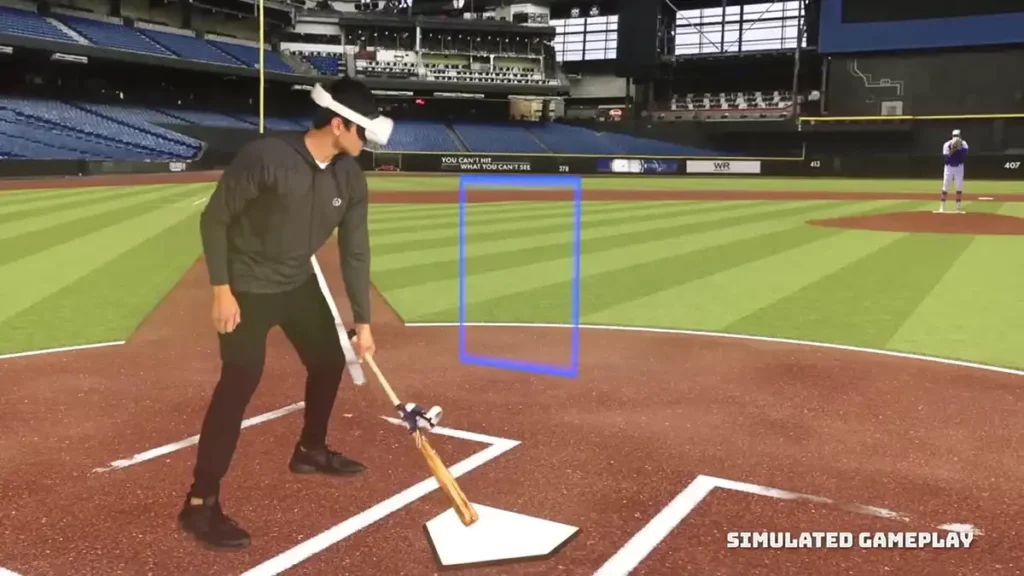
Benefits of Using Virtual Reality Technology for Baseball Training
Since its emergence, virtual reality has revolutionized the way that sports training is being approached. With virtual reality baseball training, athletes can hone their skills and practices in a variety of ways that provide better results than ever before. Prior to the virtual reality revolution, baseball players faced numerous barriers such as lack of access to physical spaces, equipment and coaching staff, that limited their ability to practice and improve skills. Now, with the integration of new technologies such as virtual reality into the sports world, athletes are pushing the boundaries of performance.
When it comes to benefits of using virtual reality technology for baseball training, there are many advantages. First off, VR technology makes it possible for athletes to interact with realistic drills and scenarios in a simulated environment from the comfort and safety of their own home. As Christopher Kirchhoff, Executive Director of Research Technician Institute on Sports Technology states; “VR lets you be exposed to realistic simulations so you’re not just walking around your living room throwing a ball into the wall”. This advances an athlete’s skill set faster and can lead to improved performance over time.
Another advantage associated with using VR for baseball training is the fact that it allows players to receives detailed feedback on their performance in real-time. Players can explore different methods and approaches to playing each game and measure how they perform under various conditions virtually without having to risk taking them into actual practice or game environments. These insights allow players to identify what needs improvement in their technique and make necessary adjustments that ultimately leads them closer towards performing optimally during actual games.
On the other side of the coin, some opponents suggest that there is still no substitute for muscle memory which is developed through traditional play in real spaces with live opponents. Indeed, if this element is neglected within VR sessions then optimal results may not be achieved. This means that although VR technology could be useful as an addition technique for training athletes should also have access to exposure outside of VR sessions so as maintain or enhance all aspects muscle memory .
By enabling athletes to expand their practices while replicating game environments at home, virtual reality brings forth a plethora of novel opportunities for sport professionals alike. Where competition level simulations in real-life were once difficult or impossible to carry out without dedicating extremely large amounts of resources, with this new era technology at our disposal individuals can fine tune their abilities without leaving home and gain invaluable insights that allow them strive higher than ever before reaching levels never thought possible prior..
In this manner athletes can get immersed in game-like experiences while honing visualisation skills before taking these experiences onto next big step – an immersive visual world in which they will need to be able flex both cognitive and physical prowess like never before!





Gain Game-Like Experience in an Immersive Visual World
Virtual reality baseball training not only offers a vast array of physical and mental benefits, but it also allows players to gain a unique game-like experience in an immersive visual world. Players are immersed in a virtual environment that mimics the real-world game, allowing them to mimic the situation without actually being on the field. This presents an advantage because players can practice and refine their skills without worrying about being judged or observed by others. This type of environment provides more constructive emotion regulation, providing users with the chance to train in a safe and accepting environment.
Additionally, this type of setting allows players to evaluate their performance in real-time, while trackable data gives trainers and coaches feedback about progress made over time. Advanced AI technology creates scenarios that adapt to the user’s performance, honing in on specific areas that need improvement. While this type of assessment can be beneficial for Major League Baseball (MLB) veterans looking for small improvements, it is especially helpful for younger players looking for guidance and insight into baseball fundamentals.
The ability to gain game-like experience in an immersive visual world expands opportunities for baseball players at all levels and makes virtual reality technology increasingly attractive to professional teams. However, it’s important make sure that any VR program is used as part of an overall plan for baseball training so you don’t solely rely on virtual reality simulation as your primary form of instruction. To further explore how this type of technology can improve batting skills, next we’ll look into advanced drills available through virtual reality baseball training.
- A 2020 study found that playing a virtual reality baseball game increased visual accuracy assessment
- and spatial recognition in youth baseball players.
- A 2019 study found that VR pitching simulation was comparable to physical throwing for average pitch speed development in youth athletes.
- A 2018 study found that using a VR system was more efficient than using physical batting tee practice for increasing bat speed, hand-eye coordination, and expertise in hitting a baseball.
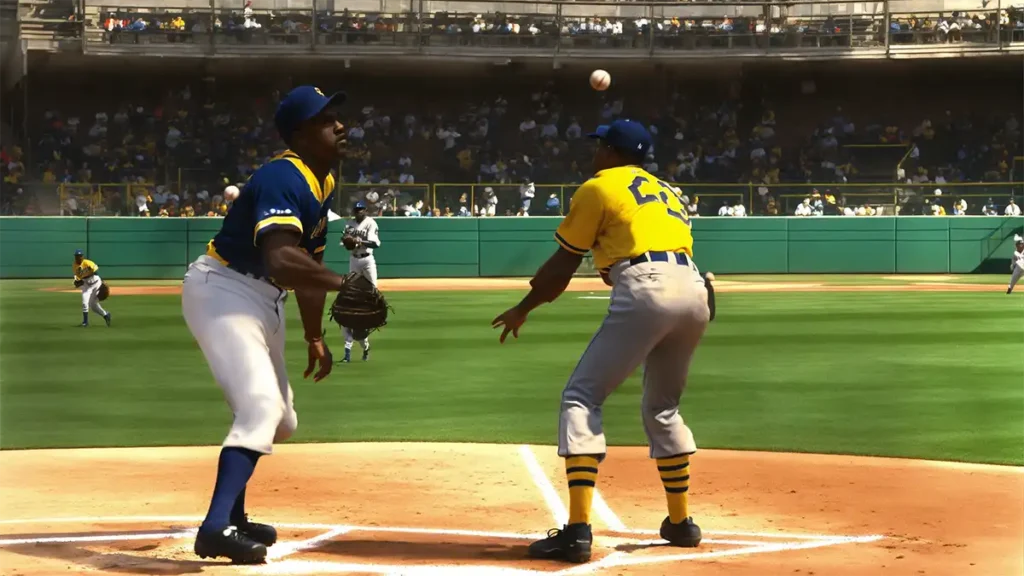


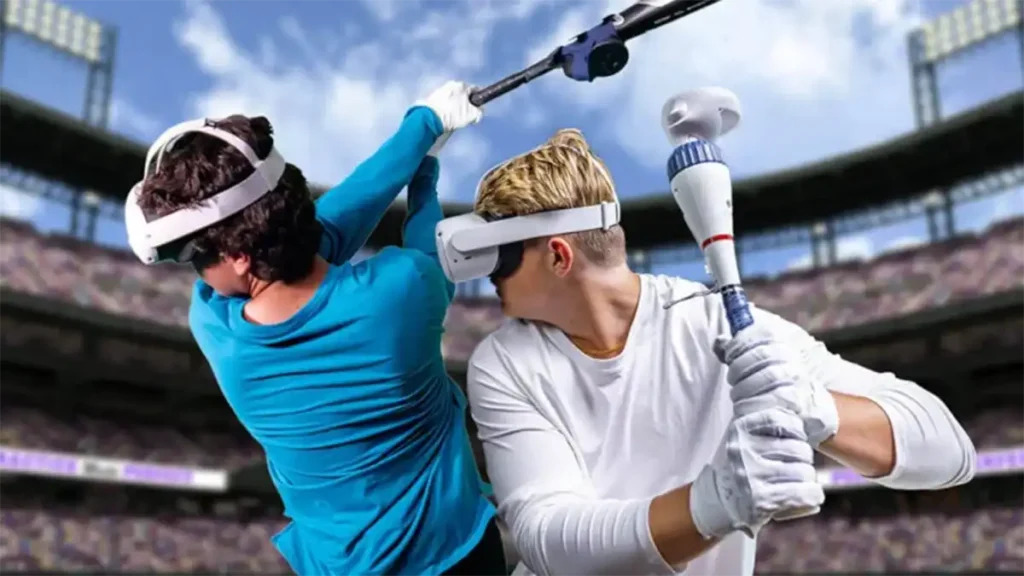
Improve Batting Skills with Advanced Drills
When it comes to refining batting skills, advanced drills are an essential part of becoming a better player. Some players may prefer spending more time in a virtual reality environment honing their hitting capabilities. Others might argue that conventional approaches like physical practice and technique analysis provide the necessary guidance to improve their performance.
The advantages of hitting drills in a virtual reality environment are numerous. For example, they can be used to simulate various game scenarios that can help give batters insights into their own strengths and weaknesses. There is also less cost associated with VR training clinics because they don’t require physical venues or supplies like baseballs for instance. Additionally, since it is a digital environment there is no risk of injury unlike when practicing physically.
On the other hand, traditional methods of practice can still prove effective, giving players the opportunity to assess their own form and correct any mistakes on their own terms. It allows them to build up muscle memory and technique needed for confident play in the field. Furthermore, they may have access to more resources such as guidance from coaches and specialized equipment which are not available in a virtual world.
In conclusion, both approaches come with distinct advantages, so it is ultimately up to the individual player which one suits them better. By understanding the nuances of each, batters can find the best way to increase their skill level and become professional ballplayers. As technology continues to advance and virtual reality baseball training becomes increasingly immersive, managing batting improvement will become even easier than before. The upcoming section will explore the various tools and simulators available for use in virtual reality environments further so readers can gain a better understanding of how it all works together.
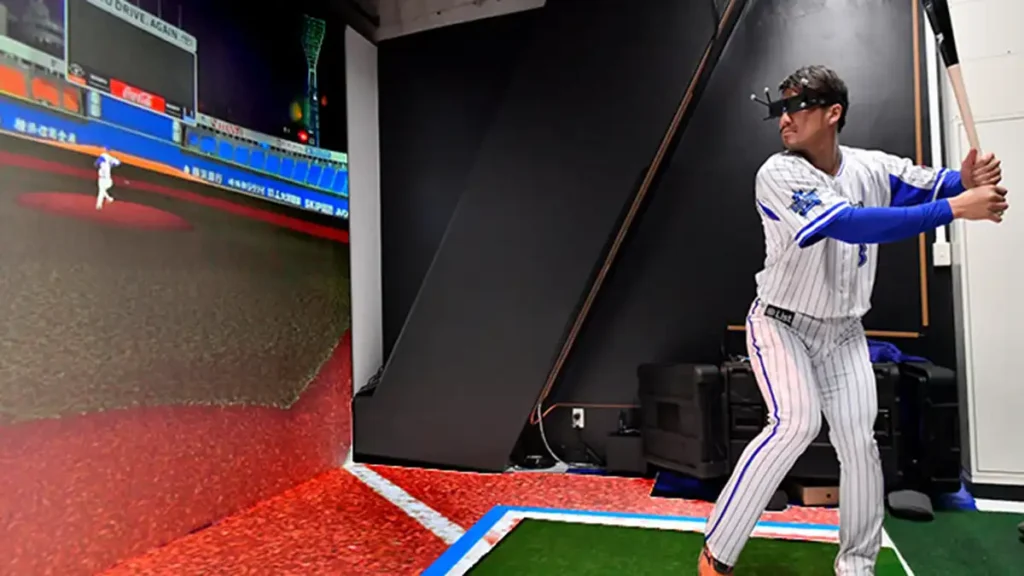
Types of Virtual Reality Baseball Training Tools and Simulators
Virtual reality baseball training tools and simulators have become increasingly popular in recent years, as they allow users to gain access to a variety of drills that can help them improve their batting skills. In particular, tools and simulators provide users with the ability to practice various hitting techniques, which can lead to better overall performances. As such, they are an invaluable asset for serious players who want to take their game to the next level.
The main types of virtual reality baseball training tools include express player and visual tools. Express player tools allow players to experience a realistic ballpark environment in VR where they can observe situations from a variety of angles and interact with the ball and field as if it were an actual game. Visual tools, on the other hand, help players develop good batting mechanics by providing real-time feedback and allowing them to make adjustments on the fly.
Though both types of training simulator offer distinct advantages, there is a debate over which one is best for improving batting skills. Proponents of express player simulators point out that these tools provide players with immediate feedback on their performance and the ability to practice swings from any angle or distance. This makes them perfect for developing an effective swing in a timely manner. On the other hand, those who favor visual tools argue that they are better suited for fine-tuning technique since they provide more accurate information about how specific movements affect performance.
Ultimately, the best option will depend on each individual’s needs and preferences. By experimenting with different types of virtual reality baseball training tools and simulators, players can figure out which ones are most effective for them and use them to improve their batting skills accordingly. With this approach, they can be sure that they are getting the most out of their private training sessions and taking advantage of all available technology at their disposal.
Regardless of which type is ultimately more effective, however, virtual reality baseball training offers many opportunities for players looking to elevate their game. By choosing from a selection of advanced drills designed for express player or visual simulation, players can begin working on their batting technique right away and make significant improvements quickly – setting the stage for successful performances in actual games down the line.





Choose from Express Player or Visual Tools
When it comes to virtual reality baseball training, users have the choice between the Express Player or Visual Tools. The Express Player focuses on gamified, scenario-based training simulations that aim to sharpen an athlete’s reaction times and mental focus. These types of simulations are also designed to help an athlete develop emotional control and adaptability in high-pressure moments when playing against a real opponent.
On the other hand, Visual Tools is much more technical, as it helps athletes hone their mechanics with motion capture analysis to measure and track progress. For batters, this includes hand speed, contact point, vision accuracy rate, and proper tracking of the flight path of pitches. For pitchers, analysis is done on release velocity, spin rates for pitch types, ball location accuracy vs set target zones, and even measuring bat speed of hitters facing the pitcher during simulated at bats.
Both Express Player and Visual Tools have their own advantages and may be better suited for different athletes based on their individual goals. While some athletes may prefer immersive VR simulations to test out their mental acumen and physical reflexes in pressure-filled situations, others may like the detailed technical analysis they receive in Visual Tools mode for refinement purposes. Ultimately, gamers will choose which Virtual Reality Baseball Training Tool works best for them depending on their individual needs as well as budget constraints.
Overall, there are many options for individuals looking to use virtual reality for baseball training. It is important to thoroughly consider both Express Player and Visual Tools when deciding which virtual reality tool best meets a user’s needs so that optimal success can be achieved. Before commencing your virtual reality baseball training journey however, it’s important to first keep in mind key considerations such as hardware compatibility requirements or psychological factors involved with using virtual reality technology. These factors will play an integral role in driving success so it would highly advisable to pay careful attention to these areas before taking the plunge into virtual reality baseball training.

Must-Know Summary Points
Virtual Reality Baseball Training Tools offer users two options when it comes to training: the Express Player and Visual Tools. The Express Player is designed to sharpen an athlete’s mental acuity, reactions, and emotional control in high-pressure moments. Whereas Visual Tools focuses on refining mechanics such as hand speed, release velocity, spin rates, and ball location accuracy.
Ultimately, users will need to carefully consider their individual needs and budget to decide which tool works best for them. Before commencing any virtual reality baseball training journey, it is important to keep key considerations such as hardware compatibility requirements and psychological factors in mind for optimal success.
Important Considerations When Using Virtual Reality for
Baseball Training
When using virtual reality for baseball training, there are important considerations to keep in mind. Both express player and visual tools can be used to help players hone their skills; however, each has its own unique benefits to consider.
Express player active VR tools are designed to give players the opportunity to hone their batting skills by showing them the most recent swing patterns of their opponents. This allows for real-time feedback that can be used to help improve performance. The downside is that express player VR tools are more expensive due to the need for special hardware and software. Additionally, it requires players to actually use a VR headset which can be uncomfortable and distracting.
On the other hand, visual tools like instructional videos provide an engaging environment where players can see how professional baseball players execute basic plays. Visual tools also enable coaches to assess individual skills more closely, allowing athlete’s mechanics to be broken down into smaller pieces and analyzed in real-time. The drawback here is that this type of instruction takes time and experience in order to truly develop another’s batting skills, making it difficult for beginners or younger athletes who may not have access to experienced teachers.
Ultimately, all technology should be used to enhance rather than replace traditional baseball coaching methods. While express player VR tools and visual tools do provide advantages over traditional teaching techniques, they don’t guarantee success on the field or even necessarily guarantee immediate improvement of specific skills. Final decisions about the best training methods should be based on a combination of factors including budget, available resources, individual needs and skill level.
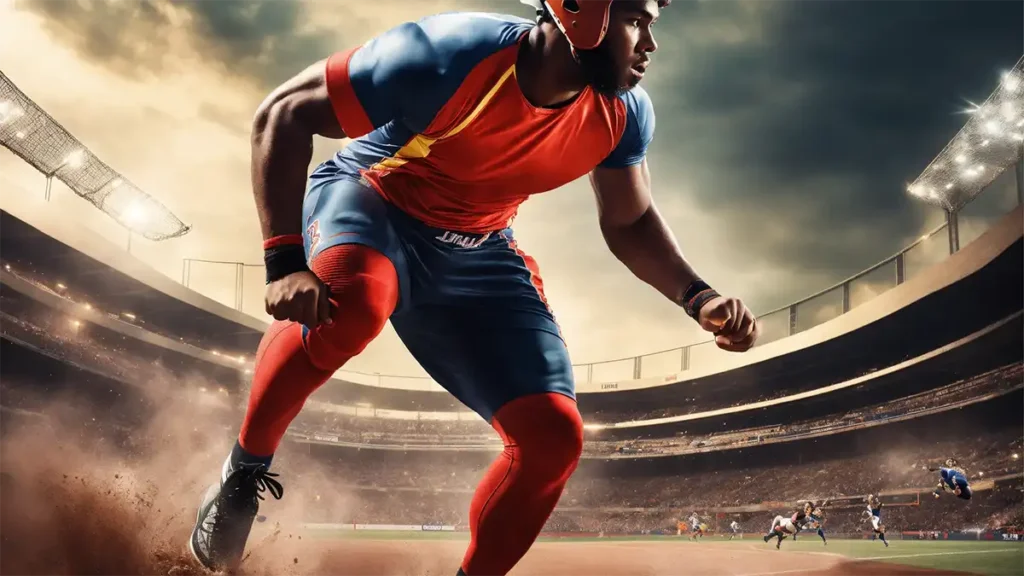
Answers to Common Questions with Detailed Explanations
What is the best virtual reality equipment for baseball training?
The best virtual reality equipment for baseball training would depend on your budget and the quality of experience you are hoping to achieve. If budget is not an issue, then a full-body motion tracking system such as the Sony PlayStation 4 Camera or Microsoft Kinect would be ideal.
These systems track your movements and can accurately replicate a real-life ball hitting situation. If money is more of a concern, a cheaper headset like the Oculus Rift or HTC Vive would be a good option. Both offer immersive 3D visuals and intuitive hand-tracking capabilities that can help you develop the correct batting form. Ultimately, whichever virtual reality system you choose should match your needs and provide enough challenge and feedback to hone your skills.
Are there any downsides to using virtual reality for baseball training?
Yes, there are a few downsides to using virtual reality for baseball training. Perhaps the biggest downside is the cost. Virtual reality hardware isn’t cheap and it can be difficult to justify investing in something that won’t improve performance on the field. Additionally, simulation-based video games don’t always replicate real-life situations accurately or effectively. It takes time and skill to get used to using a VR system which can lead to mistakes if new players don’t take the time necessary to learn the controls. Lastly, VR systems may not always be ideal for training hitters since they don’t get the same sensation as hitting a real ball.
What specific aspects of baseball can be improved with virtual reality training?
Virtual reality baseball training can improve a wide variety of aspects in a player’s game. One area where virtual reality simulations can be particularly helpful is in improving a player’s understanding of the game – helping them to better recognize key visual cues related to the pitch, such as spin and location, before it even crosses the plate.
Additionally, with virtual reality simulations, players can practice their swing at any time of the day without having to step foot into the batting cage. This allows them to hone their technique and develop muscle memory more quickly. As a result, when they come up to bat during a game, their movements become second nature and more instinctive, rather than having to over-think each movement.
Last but not least, virtual reality baseball training can help players improve their problem solving skills. This is especially true because in many of the simulations, the pitcher will throw varying types of pitches at different speeds. Therefore, players must quickly adjust their approach in order to hit the ball. Thus, virtual reality baseball training also helps prepare players for split-second decisions that may occur throughout a game and sharpens their instincts on when and how to react accordingly.

PICO 4 Enterprise VR Headset Review

The Best VR Driving Games

Top 6 RPG Games for the Oculus Rift

Giantess VR – Explore a House

Experience the Thrill of Virtual Reality Movies in Your Home 2024

Vr app for vr shinecon review 2024
Trending
-

 VR Games10 months ago
VR Games10 months agoGiantess VR – Explore a House
-

 VR Movies11 months ago
VR Movies11 months agoExperience the Thrill of Virtual Reality Movies in Your Home 2024
-
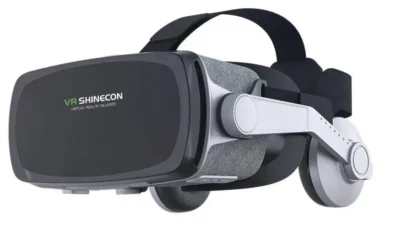
 Virtual Reality10 months ago
Virtual Reality10 months agoVr app for vr shinecon review 2024
-

 VR Games11 months ago
VR Games11 months agoInto the Radius on Meta Quest 2
-
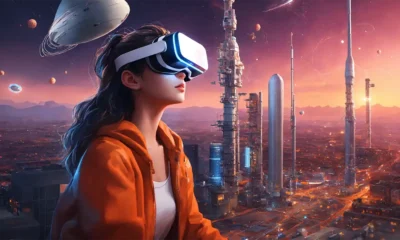
 Virtual Reality11 months ago
Virtual Reality11 months agoExplore the Virtual Reality Social Scene with These Top Platforms
-
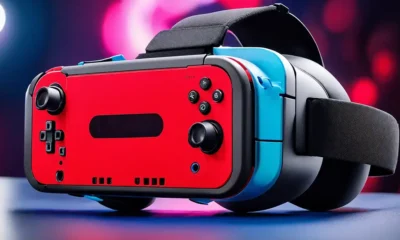
 Nintendo Switch11 months ago
Nintendo Switch11 months agoUnlock the Power of Virtual Reality with Nintendo Switch!
-
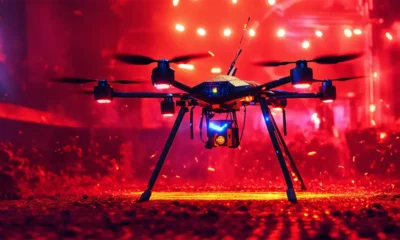
 Virtual Reality10 months ago
Virtual Reality10 months agoBuying a VR Drone
-
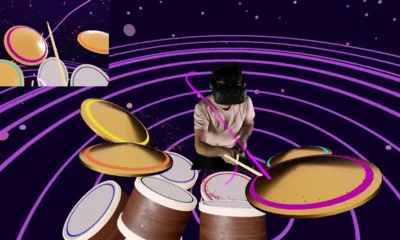
 VR Games10 months ago
VR Games10 months agoParadiddle VR – A Virtual Reality Drumming Game

